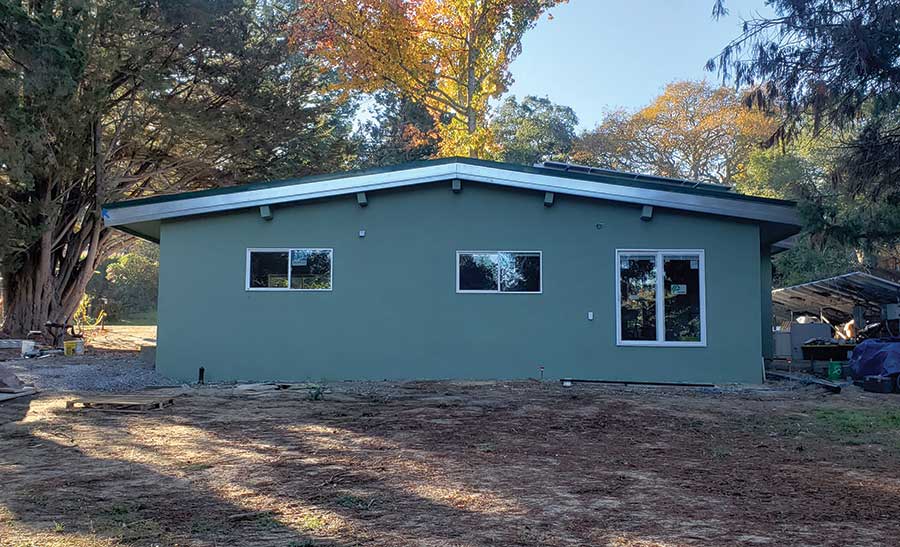By Vanessa Salvia
Allen Winters is a licensed contractor and owner of Allen Winters Concrete in Sebastopol, California, where he has lived his entire life. Winters, now 70, grew up around concrete — his father owned the local ready mix plant. As a young man in the 1960s and early ’70s, Winters’ own ready mix company supplied concrete for about 2,000 homes in the high-end Fountain Grove area. There were a lot less homes on the Santa Rosa hillsides than there are now. He witnessed first-hand the Tubbs Fire that destroyed the town in October 2017. [Editor’s Note, read that article in the September October 2019 issue here: https://icfmag.com/2019/09/recovering-from-the-california-wildfires-how-icf-is-playing-a-role]
That was just one of many devastating fires that have occurred in the state in recent years. People are rebuilding, but they’re running into obstacles with insurance. Now, some insurance carriers are pulling out of covering properties in California.
Winters’ insurance carrier on his home was one of the providers that pulled out, and now he’s struggling to find any insurance at all, much less fire insurance. And if he does, it would be with a new company that could cost as much as 20% more. In reality, his new insurance with AAA went up 114% more. An ICF ADU built by Levi Gurule in California that this magazine wrote about in 2023 can’t get insured.
Winters observed that when the Tubbs Fire happened, the fire wall went in two directions. One direction led to a section of commercial buildings, virtually all of them CMU or tilt up. “The fire simply ran out of fuel and stopped at that point,” he says. The other direction led up the street, two miles to Coffey Park, which burned to the ground. “It got there because there were wood-frame structures close enough to that fire to keep feeding it with fuel to take it all the way up the street to Coffey Park,” he says. “Thirteen hundred houses were lost that were not in the interface area. They were lost because it was like we left fuses by building wood structures that could burn close enough together that winds could blow the embers and heat into the next structure and then the next structure.
The Tubbs fire in 2017 destroyed 6,000 buildings and claimed 22 lives, with $7 billion in damages. Only 13 months later, on November 25, 2018, the Camp Fire surpassed it, destroying 18,000 structures and killing 85 people, with $16.5 billion in damages, making them the largest fires in California’s history. While the number of wildfires decreased from 9,500 in 2017 to 8,500 in 2018, the fires are getting larger, hotter, and more destructive. Winters believes the losses from these fires and others are the cause of the insurance crisis that the state is seeing now.
Running Out of Options
California homeowners are increasingly running out of options to insure their homes. In recent months, The Hartford and Farmers announced they will no longer offer new personal property insurance coverage to homeowners. In November 2022, State Farm and Allstate announced they would stop writing new policies in the state. Several smaller insurers, including Merastar Insurance Company, Unitrin Auto and Home Insurance Company, Unitrin Direct Property and Casualty Company, and Kemper Independence Insurance Company, announced that they would not renew policies in California in 2024. California is issuing its own insurance, the FAIR Plan, which provides basic fire insurance coverage for properties that cannot get it from traditional insurance companies. But it is expensive and covers fire only, which leaves homeowners scrambling to find other types of insurance on top of it.
“I think the California insurance plan is one major event away from going bankrupt,” theorizes Winters. “It’s not funded by enough money. This is just my perspective, but a $3 to $5 billion single event fire in California could wipe out the state funding in one swoop.”
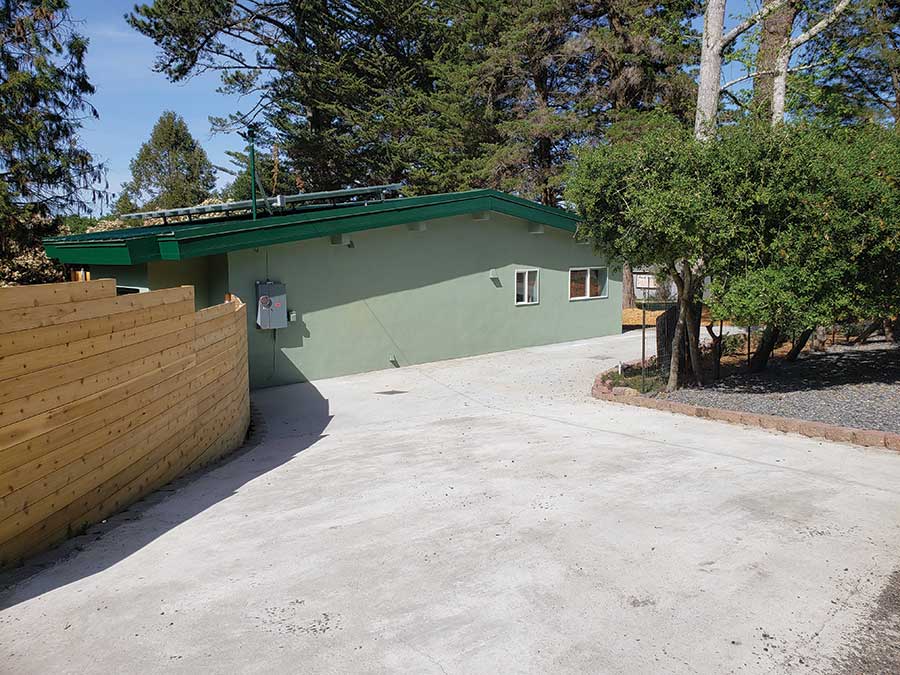
Photos courtesy of Levi Gurule
Commercial vs. Residential
But, people are still rebuilding with wood, even though ICFs have proven themselves time and time again as being a resilient building choice that can survive disaster. Jonathan Garcia is an insurance agent and broker at Orr & Associates Insurance Service. He mostly handles commercial buildings but has been advocating for people like Winters and Gurule.
“On the commercial side of things, it’s more common for buildings to be built with concrete rather than wood-frame, and carriers are well aware of the benefits of concrete in that sense. But for some reason, it doesn’t seem to be the same with residential.”
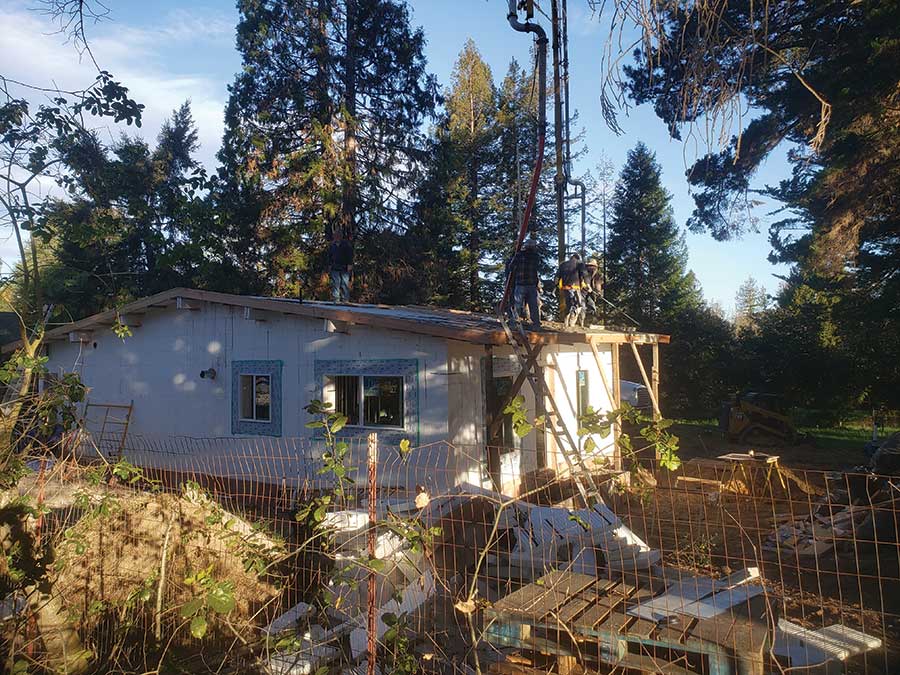
Garcia says he’s not sure why this is the case, and he’s been trying to speak with residential insurers to understand their thought processes. One of the reasons he has heard is that there is a perception from years past in which concrete was a much more expensive building material. Carriers would give quotes for wood-framed houses only because the premium on a concrete house would be so much more expensive. While in some areas concrete is still more expensive than wood, the gap in cost between the two materials is much narrower than it used to be. Garcia says some carriers are automatically denying insurance to certain ZIP codes, without even looking at the buildings.
The struggle is understanding how insurance carriers can see that even if concrete might be more expensive initially, there are significant long-term insurance savings given the fact that a concrete home is very durable. Garcia says he is noticing some carriers are now taking that into consideration.
“I have recently seen on a few submissions I sent to my personal lines team, where carriers are not automatically declining anymore and are now forcing all their underwriters to look at it each submission now,” he says. “They’re not just going through a system and getting approvals or declines, they’re actually making them look at each property more closely.”
Garcia has noticed that carriers are now starting to examine defensible space around the home in a high fire-risk area. “I never saw them ask those questions before,” he says. “The carriers are not just looking at pictures of your home but also the area around your home to see how close you are to the tree line. How close the brush is, and anything you’ve done to combat it. So it sounds, at least to me, like they’re finally starting to head in the right direction.”
But, Garcia goes on to ask, is it too late, since so many carriers have already left the market. “There are multiple things you can do to help make your home more presentable to be insurable,” Garcia says. “But it’s hard to say with a lot of carriers declining just based on area codes and not actually looking at each home. But I think if this becomes something that people are more conscious about, maybe insurance companies will be more conscious about it as well. Maybe we can get to the place where that’s possible.”

Problem-solving Ideas
Winters has some big ideas, but they are ideas that make sense. He wants building codes to be updated urgently to address wildfire risks, just as building codes were rapidly updated to improve seismic safety standards after major earthquakes hit California in the past. “At the time we had large earthquakes, they said, ‘If the ground shakes harder we have to build stronger homes,’ but they aren’t making the same connection between these large fires and building more fire-resistant homes,” Winters says. He knows the state is not going to replace all the wood-framed structures. But there is an opportunity to make the rural-urban interface stronger. He suggests building ICF houses, or at a minimum more fire-resistant houses, along the edges of the homes that are already built or that are being built as fire breaks.
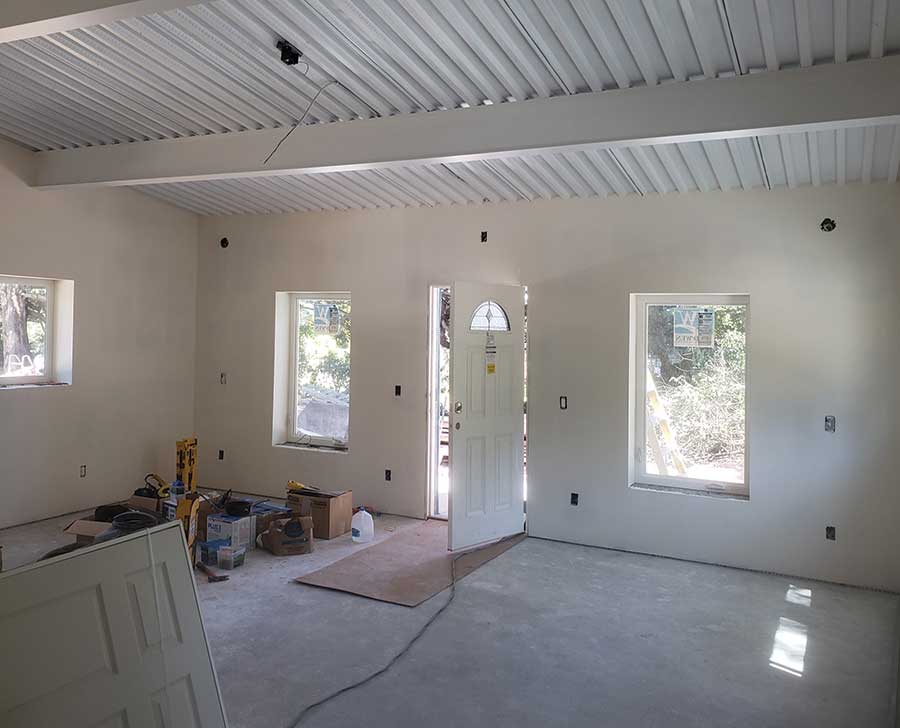
“That would protect everything on the inside of that barrier, and it might save the entire damn town,” he says. “You’ve got to have some footage on the side of these houses that is not going to go up in flames. There’s no other way to stop it. The fire department would be happy, because they would get a fire break between the homes that can burn which are being protected by the ones that won’t burn, and our industry makes the product that needs to be built there. I can’t blame the insurance companies because it just doesn’t pay. And so the state has to work on this problem. And we’re part of the solution.”
Another of Winters’ ideas is to build new ICF homes with concrete roofs, which would limit the spread of embers hopping from rooftop to rooftop. Winters says he has talked to firefighters about his idea, and they have been supportive.
Gurule also suggests rewriting state law that prescribes types of structures that are so fire resistant that they don’t have a risk of significant damage. “I would say a house made of minimum 1-hour noncombustible construction with fire sprinklers would have a small chance of suffering significant fire damage from an accidental start of a fire inside the structure consuming personal items and a near zero risk of damage from an exterior firestorm,” says Gurule. “Houses with proven low risk of fire damage would qualify for either a lower insurance premium or the owner could post a bond or other assurance to a lender to cover the anticipated fire damage should a fire occur.” He believes that such an option being made into law would be a significant motivator for insurance companies to reconsider their options.
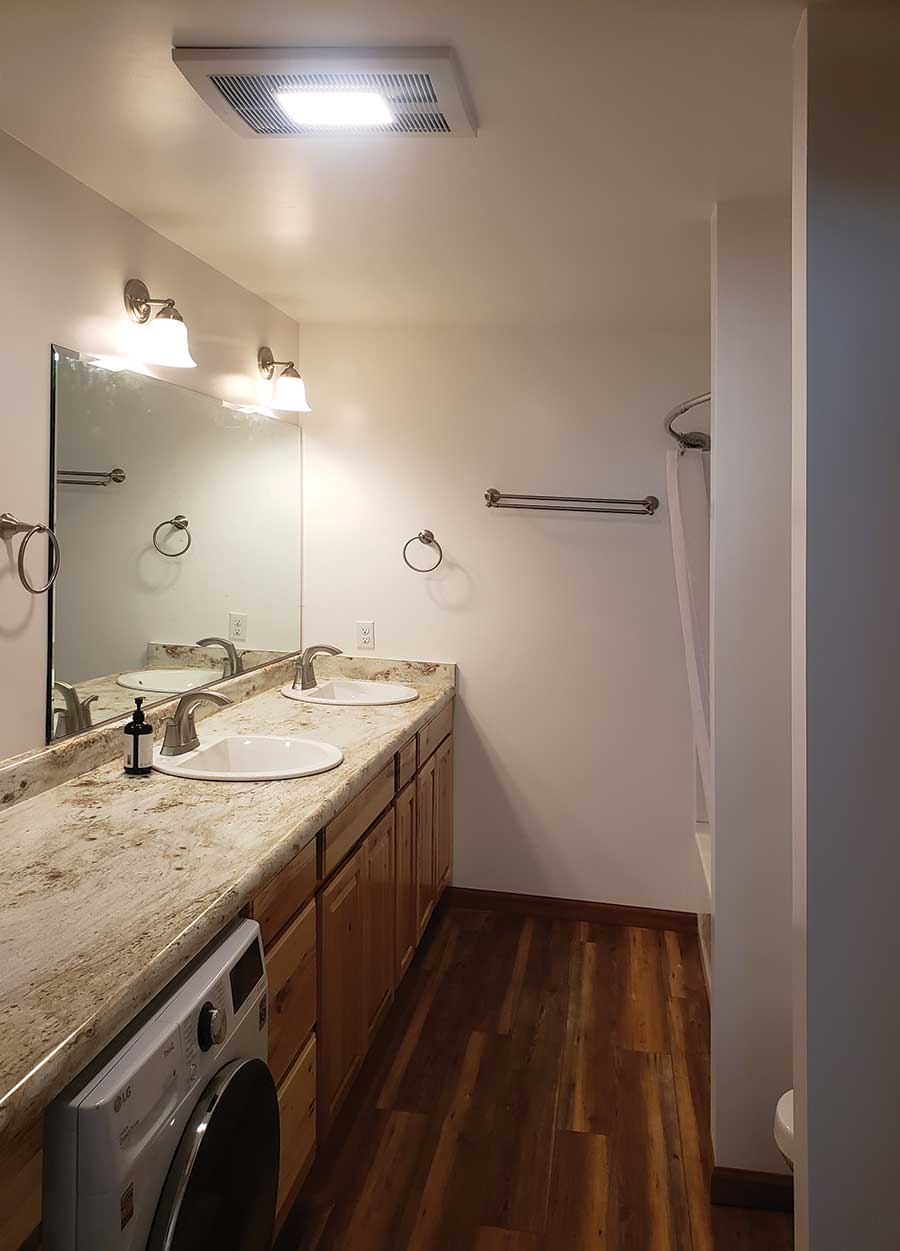
Existing wood-framed houses can be fire-hardened, Gurule notes, and the state should set up several ways to do that so that the risk of fire damage can be reduced to the level where the owner can post a bond with the lender for the anticipated cost of repair should fire damage occur. “Again the insurance industry would be motivated to reconsider their options before they get left behind,” he says.
“The house I built won’t burn, so a fire may cause smoke damage and burn some interior combustible items but the house could be cleaned up and repaired after a fire,” says Gurule. “Given the house has a value of $600,000, having a lender set up a fire repair fund of $100,000 as part of the loan on the property would make sense. The funds would be held by the lender and the owner would only have to cover the difference between what the fire reserve makes in interest versus what the lender loans the reserve funds for. My guess is that the owner would actually pay less to maintain the fire reserve fund than for fire insurance.”

